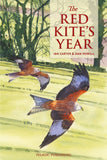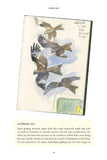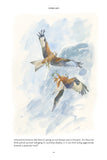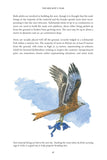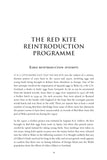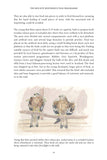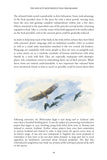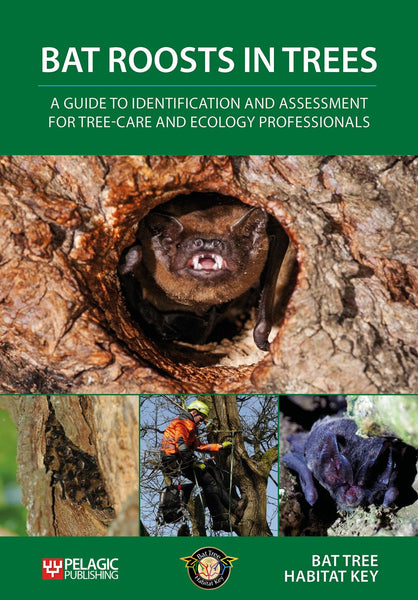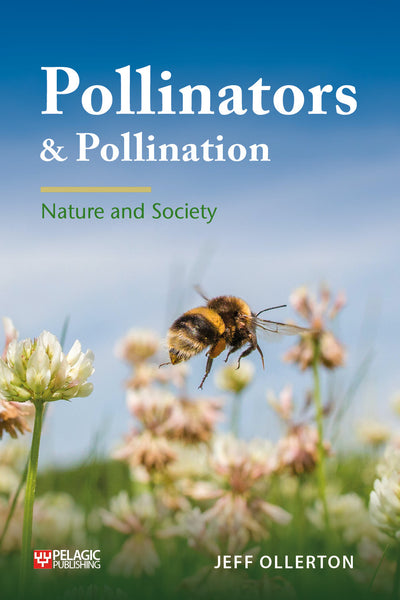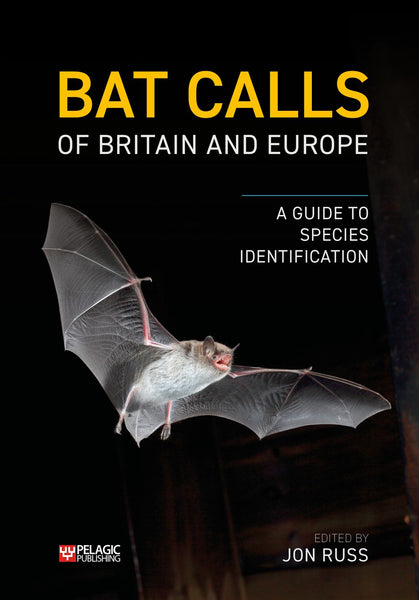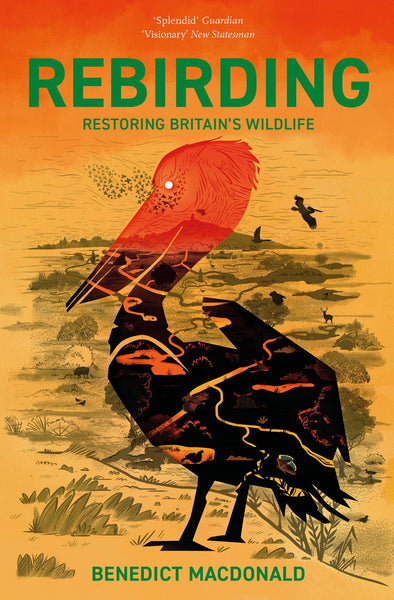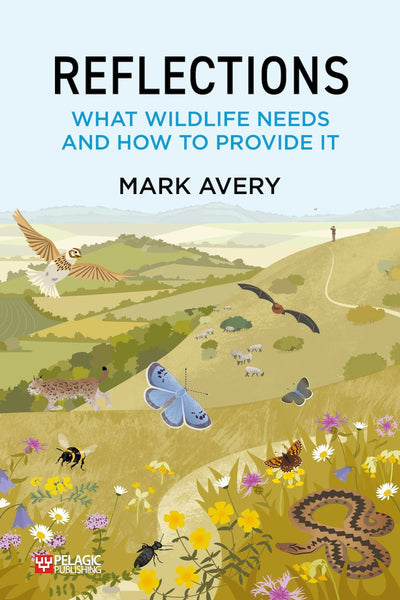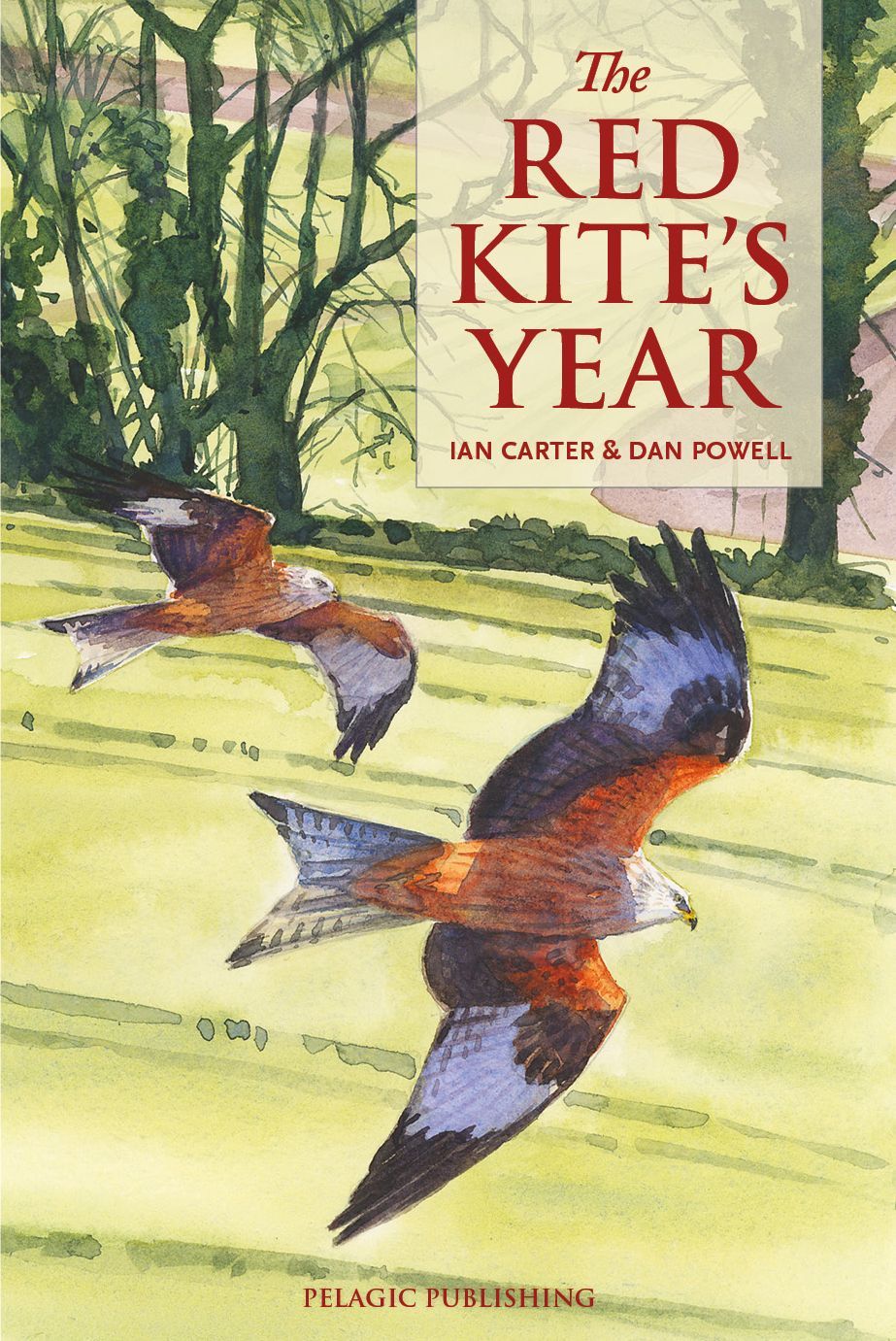
The Red Kite’s Year
- The inside story of the reintroduction of Red Kite
- In-depth natural history of the Red Kite
- Beautifully illustrated by wildlife artist Dan Powell
- Two fine naturalists giving a new slant on an ongoing story through very good fieldwork. A thoroughly recommended book of an outstanding natural history success story. —Steve Rutherford, Country-side magazine (British Naturalists' Association)
- birds
- birdwatching
- conservation
- ecology
- kite
- ornithology
- raptor
Description
The Red Kite (Milvus milvus) – one of our most elegant and impressive birds of prey – has a varied and dramatic history in Britain. Having been driven perilously close to extinction, it has now made a welcome comeback, in part through one of the most successful reintroduction projects ever undertaken. This beautifully illustrated book follows the birds through the ups and downs of the year, from the rigours of raising young during the warm summer months to the struggle for survival in the depths of winter.
Interspersed with the monthly accounts, are chapters on the history of the Red Kite in Britain, the reintroduction programme, the threats it still faces, and its status elsewhere in Europe. Red Kite biology is explored from nest construction, egg laying and nest defence, through to juveniles leaving the nest and learning to live independently. The book concludes with an overview of Red Kite status throughout their range.
With a foreword by Mark Avery.
Readership
This book will interest anyone with an interest in ornithology, specifically raptors and raptor conservation.Table of Contents
Foreword by Mark Avery
Acknowledgements
Introduction
The artworks
January
Winter food; Coping with severe weather
February
The first signs of spring; The pair bond and age of first breeding; Courtship behaviour and calling; Male or female?
History in Britain
Early history; A decline in fortunes; The road to recovery – Red Kite protection in Wales
March
Faithfulness to breeding sites; Nest building; Nest spacing and breeding density
April
Final touches to the nest; Eggs and incubation; Nest decoration; Defence of the nest
The Red Kite reintroduction programme
Early reintroduction attempts; Planning the restoration to England and Scotland; Collecting young and care in captivity; Release into the wild; Progress so far; Further release projects; The wider benefits of reintroduction; Bringing back the Red Kite – a project officer’s perspective; The future
May
Care of small chicks; Studies of food in the breeding season; Foraging range and habitat use
June
The growing brood; Preparations for the first flight
July
Leaving the nest; Towards independence; Red Kite adoptions; Measuring breeding success
Threats and problems
Illegal persecution; Accidental poisoning; Egg collecting; Collisions and accidents; Powerlines
August
Fending for themselves; Plumage differences; The annual moult; A lull in activity
September
Wanderlust; The Red Kite as a migrant; and The use of new technology
To feed or not to feed? Changes in legislation; Red Kite feeding stations; Feeding in gardens
October
The communal roost; Attendance patterns; The daily routine
November
The benefits of communal roosting; Social interactions and play at roosts
December
A wildlife spectacle; and The influence of weather on roosting behaviour World status Northern Europe; Northwest Europe; Central and eastern Europe; Southern Europe; The future
Further reading
Sources of further information
Species mentioned in the text
Index
Reviews
- While not a detailed scientific appraisal of the reintroduction of the Red Kite, this book does provide a very readable account of one of the most successful conservation projects ever attempted in the UK. It is highly recommended for all aficionados of this charismatic raptor, which is now well established in many areas of the UK and hopefully will soon become a regular sight throughout these islands.
—John Clark, British Birds - Immediately I picked up The Red Kite’s Year I was smitten. Written around the yearly cycle of survival, mating and nest selection, habitat interaction, food, growth and dispersal, it also covers history, documented fieldwork and personal experiences. Ian Carter’s text is wonderfully illustrated by Dan Powell, whose lively line escapes the pages and makes one want to rush to spot one of these impressive creatures. A book for the enthusiast, The Red Kite’s Year is certainly recommended.
—Barry Larking, ECOS - We learn in this book how the species was protected in the 15th century because of its role as a street cleaner. .... As a result of the sanitation of urban areas, the possibilities of finding food decreased and persecution increased. The downward spiral began in the 1700s. At the end of the 19th century, only a few couples remained in a remote part of Wales. The numbers reached their lowest level in the 1930s but, since the species has been protected, a (very) slow recovery has started. The reintroduction program, to which Ian Carter collaborated personally, was organized in several parts of England, in Scotland and Ireland.
—Walter Belis, Alauda - Two fine naturalists giving a new slant on an ongoing story through very good fieldwork. A thoroughly recommended book of an outstanding natural history success story.
—Steve Rutherford, Country-side magazine (British Naturalists' Association) - … many drawings or watercolors which embellish a very instructive reading for all those who are interested in the ecology and conservation of the Red Kite.
—Jean Marc Thiollay, Ornithos
About the Author
Ian Carter worked as an ornithologist for Natural England and its predecessors for over 25 years before taking early retirement. He has a long history of involvement with raptor conservation, including the reintroduction of the Red Kite.
Dan Powell is an award-winning wildlife artist and naturalist, whose drawings and paintings have been published in numerous books and journals.
Bibliographic Information
 230 pages
230 pages - 107 colour illustrations
- BISAC SCI070040, NAT004000, SCI020000, NAT010000
- BIC PSVW6, WNCB, RNKH, PSAF






